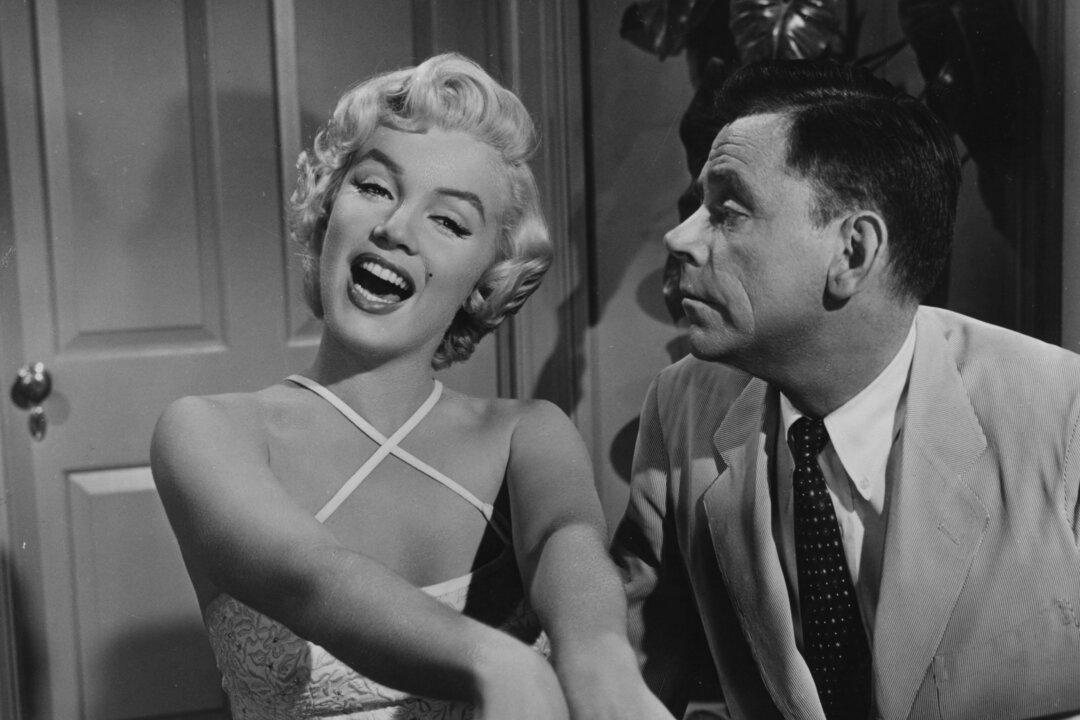Commentary
When did the Golden Era of Hollywood end? That’s a matter which could be widely debated. The heyday of silent films ended when “The Jazz Singer” introduced talking pictures in 1927. The Roaring Twenties were halted by the Stock Market Crash of 1929. World War II ended when the Japanese surrendered. However, there isn’t a universally acknowledged incident which brought American films’ golden age to an end.





